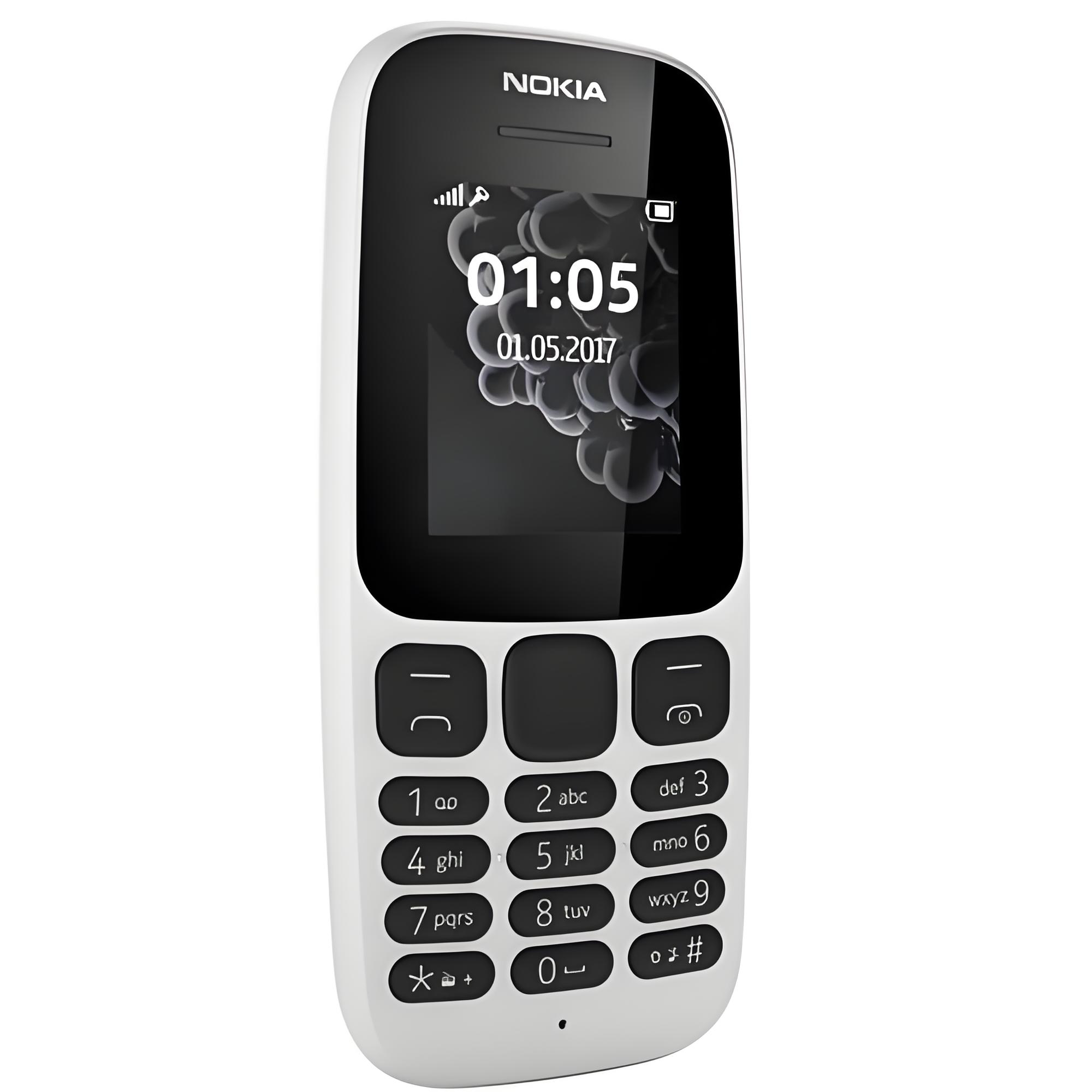News
Location:Home > News Center > NewsThe Legendary Journey of Nokia Mobile: From Peak to Transformation

It all began in the 1980s when Nokia was primarily a company focused on paper and rubber products. With the onset of mobile communication technologies, Nokia swiftly transformed into a leading manufacturer of early wireless communication devices. By the 1990s, Nokia had launched its first commercial mobile phone, marking its official entry into the mobile market.
As time progressed, Nokia began to focus heavily on research and development in mobile technology, particularly in areas of durability and signal processing innovation. Its products became renowned for their robustness and superior call quality, quickly securing a significant position in the market. In the early 2000s, Nokia became one of the largest mobile phone manufacturers in the world, with a market share that at one point exceeded 50%.
However, with the advent of the smartphone era, Nokia seemed to lag behind. Despite attempts in the mid-2000s to remain competitive by launching phones with its own operating system, it ultimately failed to contend with the increasingly popular Android and iOS systems. This strategic misstep led to a dramatic decline in Nokia's global market share.
Faced with challenges, Nokia did not give up. It shifted its strategy, focusing on network equipment and services while outsourcing its mobile business to other companies. This strategic adjustment allowed Nokia to retain its technological edge in communications and also left room for a potential future return to the mobile market.
Today, although Nokia is no longer a dominant player in the mobile market, it still holds an important position in communication technology and network solutions. The story of Nokia teaches us that even in the face of significant challenges and industry changes, businesses can find new paths for survival and growth through adaptation and innovation.
Related Articles
- How to identify refurbished machines?
- IPhone5 how to identify refurbished machines
- Some problems to buy refurbished mobile phone and the matters needing attention
- What is refurbished mobile phone?
- Common faults and solving method of mobile phone?
- Samsung mobile phone FAQ?
- Solution of some common problems of apple iPhone mobile phone?
- Xiaomi , Huawei go head-to-head in China's smartphone market
- Apple's China suppliers hit by revenue slump
- Moto G4 Plus' Canadian pricing revealed

 anandacn
anandacn


